Top Image: Philipp von Hessen, circa 1934. From the US National Archives.
In late 1945, at Schloss Friedrichshof in Kronberg, Germany, American Army personnel discovered a large, wooden box buried beneath concrete hidden behind a false wall. The contents of the box were generations of family heirlooms, and their disappearance set off a manhunt and trial in 1946 that reads like a crime novel. The items belonged to the German princely house of Hesse-Kassel, an old noble family with ties to the British and Italian royal families. By 1940, the head of the house of Hesse-Kassel was Prince Philipp von Hessen, who was considered by some to be part of Hitler’s inner circle.
It is nearly impossible to write about any royal family in Europe after 1900 without circling back to Queen Victoria of England. World War I was, at some level, a battle fought between cousins. When Queen Victoria died in 1901, her son and heir, the future King Edward VII (succeeded by his son George V in 1910), and her oldest grandson, Emperor Wilhelm II of Germany, were by her side. Wilhelm and his sister Margaret were two of the children born to Queen Victoria’s daughter Victoria. Margaret married Prince Frederick Charles of Hesse, and in 1896, gave birth to twins Philipp and Wolfgang, followed by Christoph in 1901.
Philipp and Christoph’s mother Margaret. This photo was taken in 1902, when Christoph was just around a year old. From the Imperial War Museum © IWM HU 68372.
The two brothers at the center of this story are Philipp and Christoph, who were nephews of the former Emperor Wilhelm II of Germany, and great-grandsons of Queen Victoria of England. The royal family connections grew with the marriages of Philipp and Christoph. In 1925, Philipp married Princess Mafalda of Savoy, the daughter of King Victor Emmanuel III of Italy. Five years later, in 1930, Christoph married Princess Sophie of Greece and Denmark (whose younger brother was Philip, the future Duke of Edinburgh and husband to Queen Elizabeth II of England). Sophie was a great-great-granddaughter of Queen Victoria through her mother. The backstory here is important to set up who Philipp was, and the realm of nobility in which he lived. Many of the jewels, which become central to the story later, were gifts from the royal families of Europe and were part of the status of such nobility.
On October 1, 1930, in the Berlin apartment of Hermann Göring, Philipp joined the Nazi Party. Christoph became a party member a year later and joined the SS in 1932. The Nazi Party made heavy use of German nobility in the early years of the party’s climb to power and takeover of the German government, and Philipp and Christoph were no exceptions.
Christoph
Both Philipp and Christoph had close relationships with Göring through the 1930s. By 1934, Christoph was working in the Forschungsamt (FA) in the Reich Air Ministry, a signal intelligence organization. The next year Christoph was put in charge of the FA, which focused on gaining intelligence from phone conversations and telegraphs, intercepting as many as 34,000 messages a day. Christoph had joined the SS in 1932, and by 1939, had reached the rank of Oberführer (senior leader), holding a staff position within the organization. This allowed Christoph to partially bridge a gap between Göring and Heinrich Himmler, who desperately wanted to take control of the FA.
In 1935, Christoph was given a reserve commission in the Luftwaffe, and, by the time the war began in September 1939, had volunteered to actively serve with the organization. Christoph desperately wanted to fly, but it took some years before he was able to train as a pilot. In the intervening years, he served on the staff of several units, helping to plan major bombings of London, Rotterdam, and Eindhoven. In June 1941, Christoph was transferred to the Eastern Front, where he finally began flying reconnaissance missions in the fall of that year before being recalled due to orders which prohibited the participation of German princes in combat.
Though angered by the restrictions, Christoph did not leave the Luftwaffe (he was still part of the FA and could have returned to that position), eventually serving in Sicily, North Africa, and then back to Sicily, where he was stationed in 1943 during the Allied invasion. The fall of 1943 was to be a devastating one for the Hessen family. On October 7, Christoph boarded a plane in Italy to return to Germany. The aircraft struck a mountain at 1,000 feet, killing Christoph and the pilot instantly. His wife, Princess Sophie, was widowed at 29, pregnant with their fifth child.
Philipp
Christoph’s role in the Third Reich is more straightforward than that of Philipp. Historians seem unable to determine to what extent either man espoused the more radical antisemitic views of the Nazi Party. Philipp was, however, a supporter of Hitler, and was known to openly admire him. Like Hitler, Philipp was a veteran of World War I, though he only briefly participated in combat in Ukraine in 1918. In 1925, Philipp married Princess Mafalda, and the couple made their home at the Villa Polissena in Rome, living close to Mafalda’s parents. Between 1926-1940, the couple had four children—three sons and a daughter. Otto, born in 1937, was given the middle name Adolf, after his godfather, Adolf Hitler.
Princess Mafalda and Prince Philipp on their wedding day in Italy, September 23, 1925. Image in the public domain, via Wikimedia Commons.
Precisely when Philipp joined the Sturmabteilung (SA) is not known, but he began participating in SA marches by 1931, and partook in the Nuremberg Rallies from 1933-1938. By 1937, he had reached the rank of Obergruppenführer (general) and in 1939 was awarded the highest honor in the Nazi Party—the Golden Party Badge. By this time he had developed a close relationship (as close as one could be) to Hitler, who had even visited Philipp and Mafalda at the Hessen family home in Kassel.
Philipp also had a close relationship with Göring, which resulted in Philipp being appointed the Oberpräsident (governor) of the state of Hesse-Nassau. Though Philipp initially rejected the position several times, his sense of duty to his homeland won out, and he accepted, moving his family to Kassel. In this role, Philipp signed over the Hadamar sanitarium to T-4 authorities in February 1941. The so-called euthanasia program, known within Nazi circles as T-4, was designed to kill patients with mental and physical disabilities who were considered “uncurable” and had begun there in late 1940. The extent to which Philipp was aware of the program is hard to ascertain. It was no secret that the program existed, and it had been ongoing at Hadamar for several months when Philipp was asked to turn control of the facility over to the Reich Interior Ministry. Philipp claimed to have asked for details regarding the use of the facility but was told that could not be disclosed.
As Hitler’s desire for Lebensraum for the German people grew, Phillip became a liaison between Mussolini and Hitler. Although he travelled between Rome and Berlin meeting with the two leaders frequently, there were four major events for which Hitler relied on Philipp to report to Mussolini personally. Two of them were in 1938—the Anschluss and the Sudeten Crisis. The other two in 1939—the occupation of Czechoslovakia and the invasion of Poland. Throughout 1939-1940, Philipp advocated for peace, and worked to keep Mussolini and Hitler apart. Though he had played a part in Hitler’s expansion of German territory, Philipp seemed eager to prevent war.
Prince Philipp (front row, second from right) at a Nazi Party event in Kassel in 1933. From the Bundesarchiv, Bild 183-R26074 / CC-BY-SA 3.0.
While serving as a liaison to Mussolini and King Emmanuel in Italy, Philipp was also put to work as an art agent for Germany’s Führer. Like Hitler, Philipp was passionate about art and was given the responsibility of purchasing specific pieces for Hitler’s planned art museum in Linz, Austria. Philipp’s role in the looting of and theft of art from European Jews is considered by historian Jonathan Petropoulos to fall into “a gray area of complicity.” He attributes this partially to the fact that Philipp’s work was solely in Italy, and not in other countries “where the plundering commandos ran amok.”
According to Christoph’s wife, Philipp was angry at the “transporting of artworks from outside Germany to Reich territory,” and he felt it would come back to haunt Germany. Though he disagreed with many of the policies related to art collecting, Philipp’s own work in buying art personally for Hitler continued to bring the two into close contact and further their relationship. As a result, Philipp often had easier access to Hitler than most others in the Reich, excepting the likes of Göring, Himmler, and a few others. But things were to change drastically for Philipp and his family in 1943.
The Hesse Heist: The Fate of the Family von Hessen
After Philipp gave Hitler an honest report of the situation in Italy, explaining issues with Mussolini and a likely political collapse, the German dictator became cold towards the prince.
This article is part of a series commemorating the 75th anniversary of the end of World War II made possible by the Department of Defense.
Kali Martin
Kali Martin is a former Research Historian of The National WWII Museum's Jenny Craig Institute for the Study of War and Democracy.
Cite this article:
MLA Citation:
APA Citation:
Chicago Style Citation:
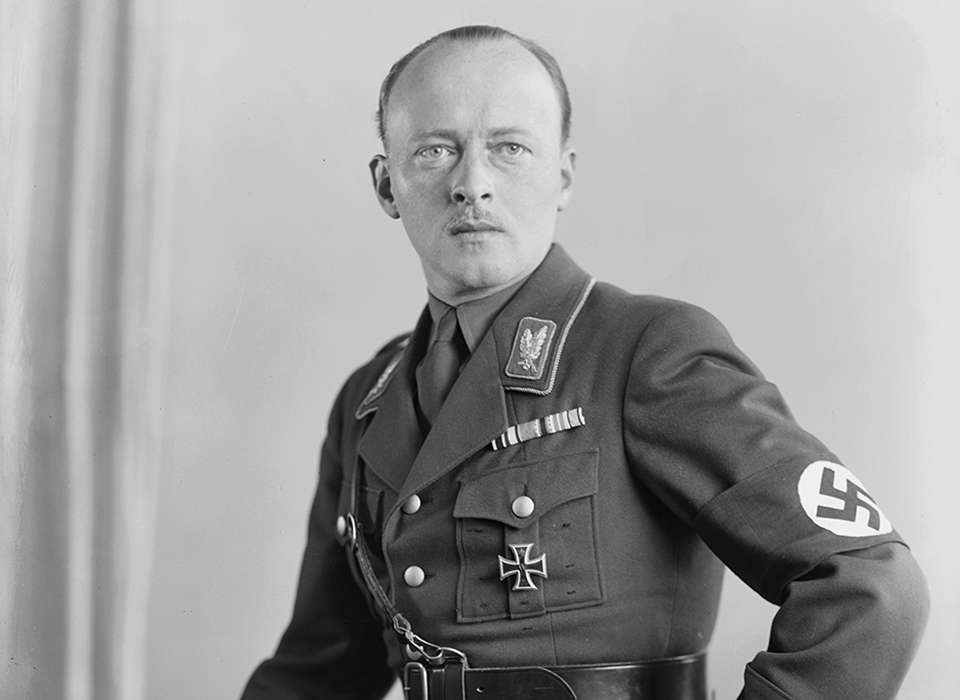
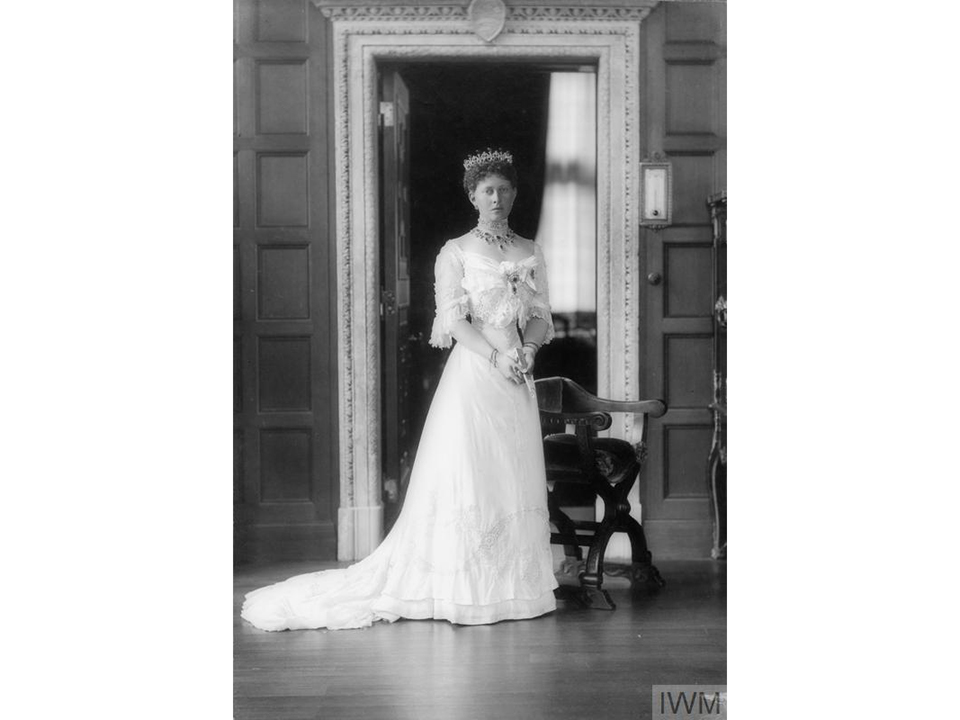
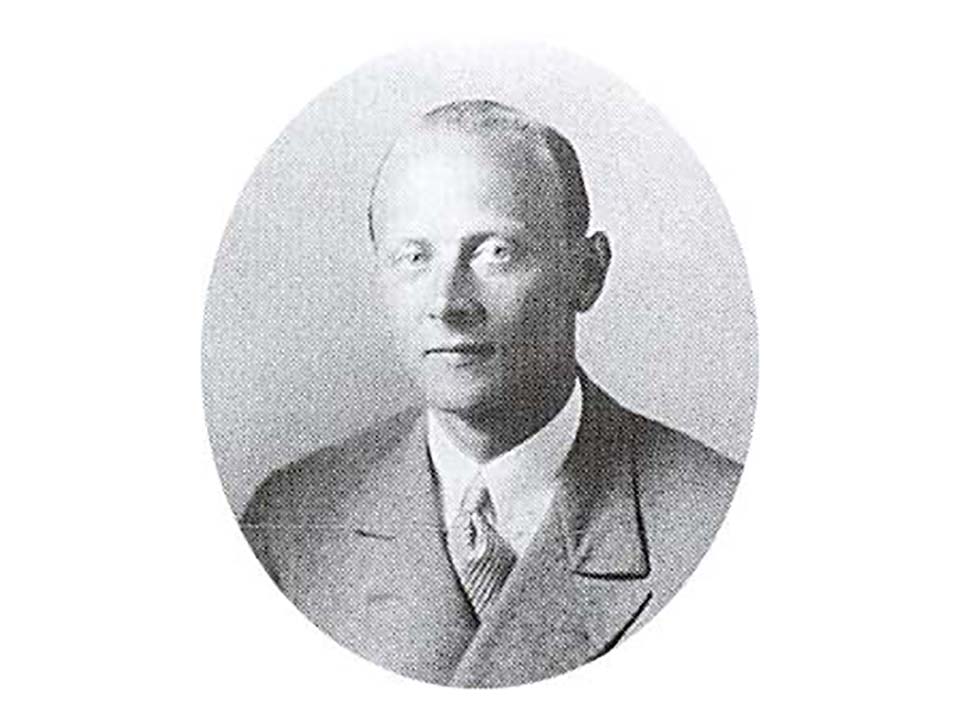
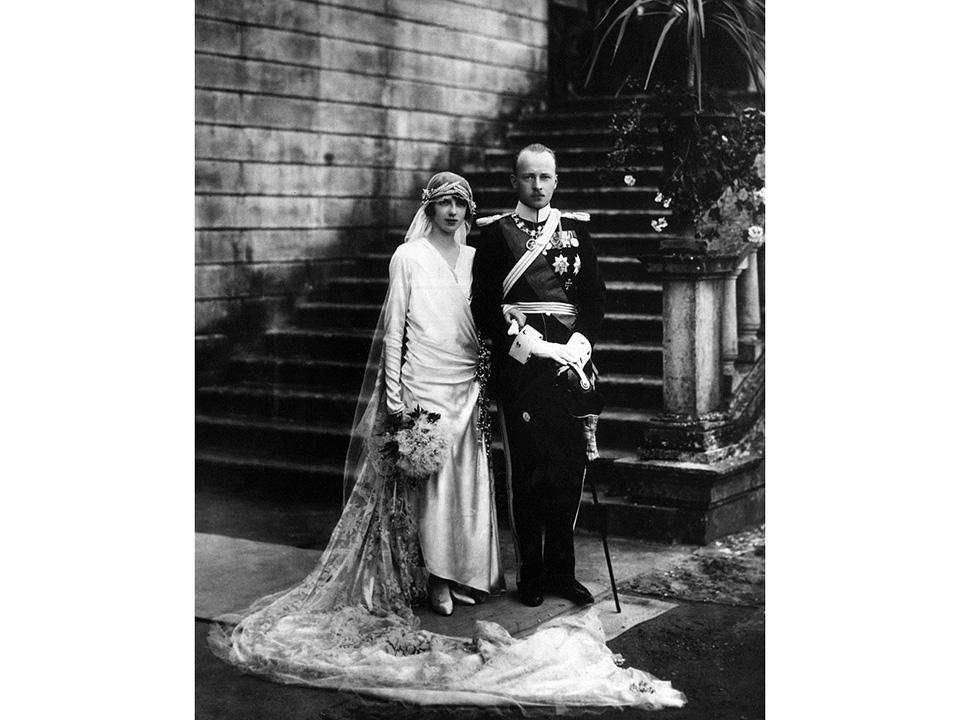
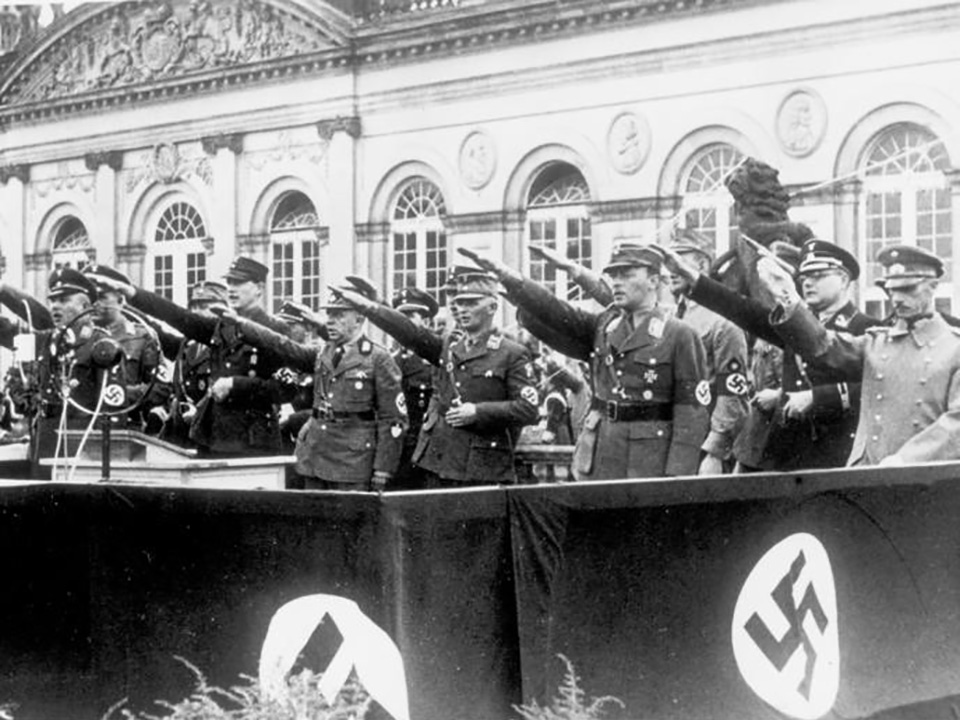
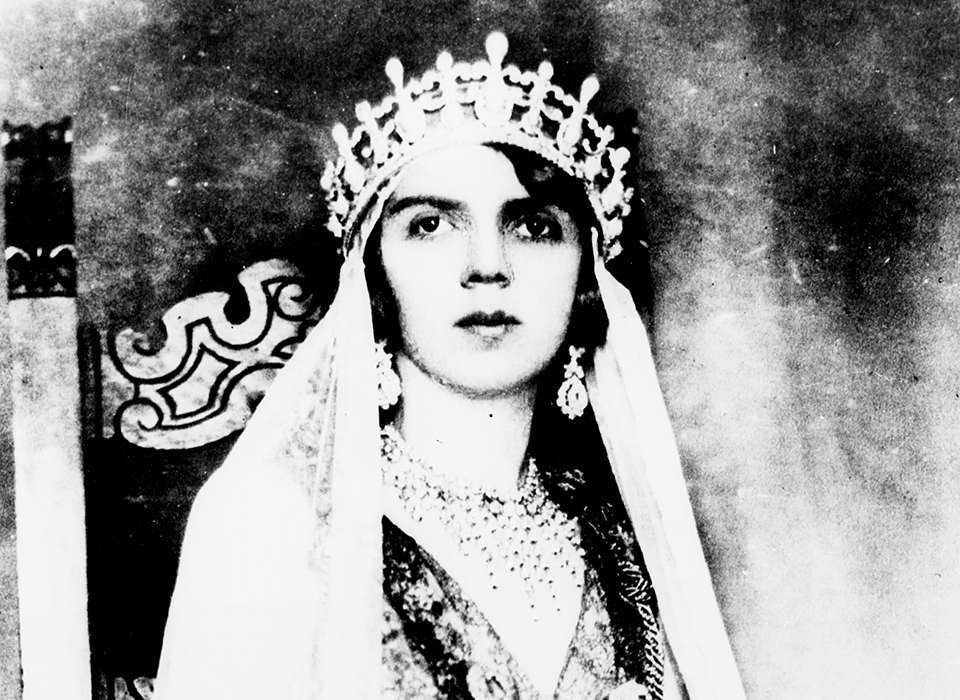
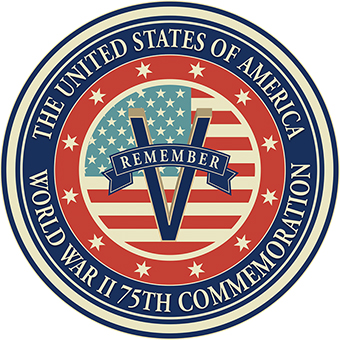
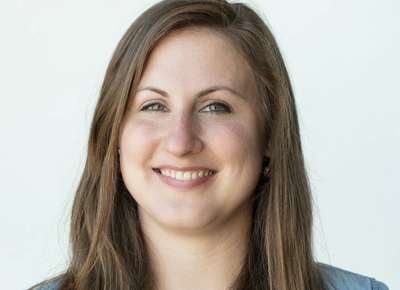



![Max Fuchs, New York City cantor, sings as Rabbi Sydney [sic] Lefkowitz, Richmond, VA, conducts the first Jewish services from Germany.](/sites/default/files/styles/max_650x650/public/2025-10/image1.jpg)



